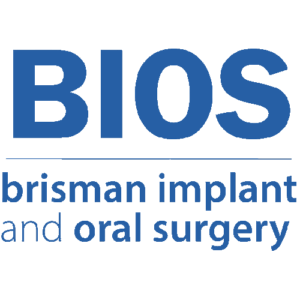Oral Surgery Sedation
Several types of sedation are available. The method of anesthesia that is chosen for or by a patient depends upon the nature of the surgical procedure and the patient’s level of apprehension. The following table illustrates the choices of anesthesia, a description of the anesthetic technique, and the usual indications for that technique.
Procedures
To administer general anesthesia in the office, an oral surgeon must have completed at least three months of hospital based anesthesia training. Qualified applicants will then undergo an in office evaluation by a state dental board appointed examiner. The examiner observes an actual surgical procedure during which general anesthesia is administered to the patient. The examiner also inspects all monitoring devices and emergency equipment and tests the doctor and the surgical staff on anesthesia related emergencies. If the examiner reports successful completion of the evaluation process, the state dental board will issue the doctor a license to perform general anesthesia. The license is renewable every two years if the doctor maintains the required amount of continuing education units related to anesthesia.
Again, when it comes to anesthesia, our first priority is the patient’s comfort and safety. If you have any concerns regarding the type of anesthesia that will be administered during your oral surgery procedure, please do not hesitate to discuss your concerns with your doctor at the time of your consultation.
Intravenous Sedation (“Twilight Sedation”)
Our office offers our patients the option of Intravenous Sedation or Dental Intravenous Anesthesia or to some it is referred to as “Twilight Sedation” for their dental treatment. Intravenous Sedation or “twilight sleep” helps you to be comfortable and calm when undergoing dental procedures. Your treatment can be completed under intravenous sedation. Intravenous sedation or “IV sedation” (twilight sedation) is designed to better enable you to undergo your dental procedures while you are very relaxed; it will enable you to tolerate as well as not remember those procedures that may be very uncomfortable for you. IV sedation will essentially help alleviate the anxiety associated with your treatment. You may not always be asleep but you will be comfortable, calm and relaxed, drifting in and out of sleep – a “twilight sleep”.
If you choose the option of intravenous sedation your IV sedation/anesthesia is administered and monitored by the doctor therefore eliminating the costly expense of having your treatment carried out in an operating room or same day surgical facility.
How is the IV Sedation Administered?
Nitrous Oxide (Laughing Gas)
Nitrous Oxide is a sweet smelling, non irritating, colorless gas which you can breathe. Nitrous Oxide has been the primary means of sedation in dentistry for many years. Nitrous oxide is safe; the patient receives 50-70% oxygen with no less than 30% nitrous oxide. Patients are able to breathe on their own and remain in control of all bodily functions. The patient may experience mild amnesia and may fall asleep not remembering all of what happened during their dental appointment.
There are many advantages to using Nitrous Oxide
- The depth of sedation can be altered at any time to increase or decrease sedation.
- There is no after effect such as a “hangover”.
- Inhalation sedation is safe with no side effects on your heart and lungs, etc.
- Inhalation sedation is very effective in minimizing gagging.
- It works rapidly as it reaches the brain within 20 seconds. In as few as 2-3 minutes its relaxation and pain killing properties develop.
Reasons to not use Nitrous Oxide
Though there are no major contraindications to using nitrous oxide, you may not want to use it if you have emphysema, exotic chest problems, M.S., a cold or other difficulties with breathing. You may want to ask your dentist for a “5 minute trial” to see how you feel with this type of sedation method before proceeding.

